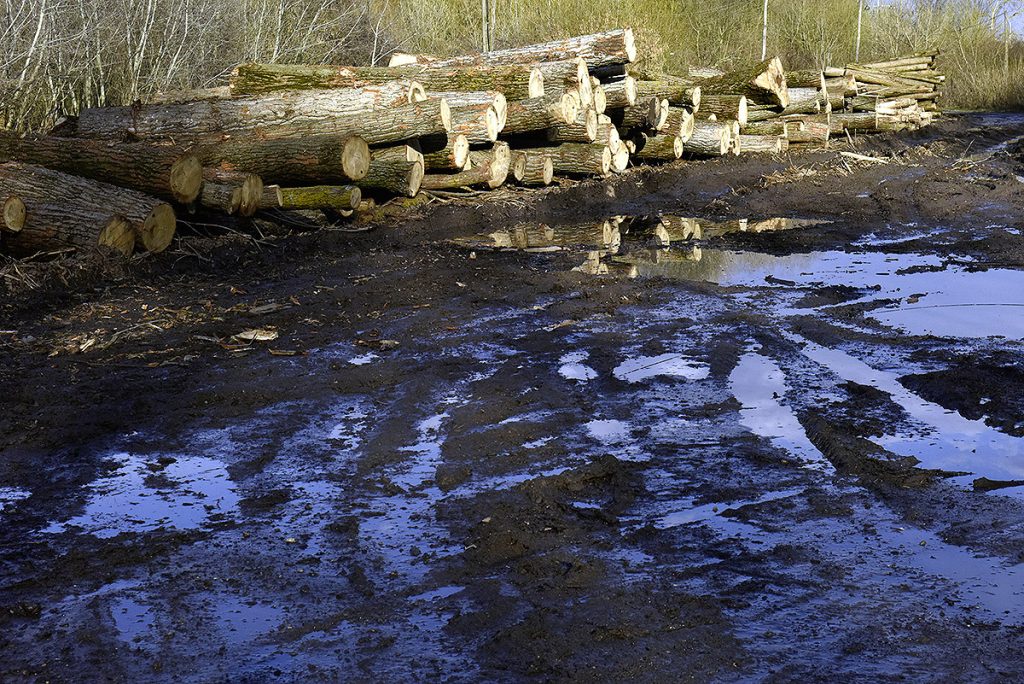
Source: Vreme
Author: Damjan Martić
Photo: Marija Janković
A few days ago, the new heating season started. Radiators in residential buildings connected to district heating were turned on on October 15. On the other hand, as it got colder in the last few days, individual heating systems were also activated, that is, households that use energy-inefficient and harmful fuels, which can already be seen in the air in Belgrade. In the morning hours, on the day we are finishing this text, in several Belgrade municipalities, the air was classified as dangerous for sensitive groups due to the increased concentration of PM 2.5. During the heating season, individual heating systems are recognized as one of the biggest polluters.
There is a tendency for as many households as possible to switch to district heating, and this is an important and inevitable process in order to improve energy efficiency at the level of the entire country. However, it is a long and rather painstaking job for households, i.e. a considerable financial cost. During 2020, Prime Minister Ana Brnabić announced that the eradication of individual fire pits will be achieved by 2025. Despite some progress, it seems that this deadline, like many others, will be missed.
How do we heat
According to the data of the Republic Institute of Statistics, based on a survey conducted in 2020, the primary heating method for 45.15 percent of households was wood heating, for 20.7 percent it was district heating, and for only 2.3 percent, pellets.
The Ministry of Mining and Energy, in cooperation with city municipalities and local self-governments, subsidizes the replacement of old stoves and boilers in households that function on the principle of individual fire pits. On average, households receive about eighty thousand dinars in the form of grants, while they have to pay the rest themselves. Households that use coal-fired boilers, with the aim of switching to gas or pellet, apply for it. These types of micro-level energy transformations are still on a voluntary basis, but sooner or later there will come a point where coal will have to be replaced entirely.
It is interesting that some cities have a very weak response to the mentioned subsidies, so public calls are announced on several occasions, because the allocated funds have not been spent. One such example is Niš, one of the most polluted cities in Serbia. Last year, 17.6 million dinars were set aside for the replacement of old boilers and stoves in households in Niš, but even after the first two calls, almost a third of the funds remained unspent. On the one hand, the reason may be citizens’ lack of information about the existence of these subsidies, but a certain role is also played by insufficient interest – there are more reasons for this – to abandon dirty sources of energy, which complicates the situation in the long term.
Individual household heating systems are a problem that must be solved. Households that burn coal and wood in boilers will have to switch to other, less polluting energy sources at some point. One of the reasons for delaying the transition to gas, for example, can be the fear of a drastic increase in the price of gas as an energy source, and the fear of large bills in the future. Although heating with wood at first glance does not seem as harmful to the environment as heating with coal, it indeed is. Pellets are much more efficient as an energy source; for the same amount, much more heat can be obtained than from wood, which wastes energy irrationally. The utilization rate of this energy source is over 90 percent, while for wood and coal it is at most 70 percent. Also, burnt pellets create incomparably less ash, only between 0.5 and 1.5 percent. However, the matter is more complex.
The programme director of the RES Foundation, Aleksandar Macura, tells “Vreme” that the use of pellets really allows for more comfortable heating due to greater possibilities for automation, as well as that in principle it allows for better combustion, and somewhat higher efficiency and lower emissions. He adds, however, that the production of pellets still requires a lot of energy consumption, so pellets are a fuel with an unfavorable ratio of the energy invested in production and the useful thermal energy obtained. As Macura explains, when it comes to the transition to district heating, it should be borne in mind that the infrastructure is not available everywhere, that “today’s district heating in the Republic of Serbia is based on heating water with huge boilers that use imported natural gas and on the distribution of such heated water through thousands of kilometers of pipes, it cannot be economically competitive without serious influence of the state on the market of energy and energy products”. He believes that such heating is not the district heating of the future.
He who scrapes isn’t selective
And a special problem is represented by individual fireplaces that do not use only these energy sources, but combine them with raw materials that are not intended for heating, such as old furniture, laminate, cheap and low-quality coal or anything that can burn. In many households, there are also old, inefficient stoves that are not designed for all types of energy sources, thus endangering both health and the environment.
According to data from the Ministry of Mining and Energy from 2021, and as “Energetski Portal” wrote, individual combustion plants are the third largest polluter in Serbia, after large energy plants and traffic. The most extreme examples are the burning of rubber, plastic, old clothes and shoes. The cause of this is – energy poverty.
The Law on Energy Efficiency and Rational Use of Energy, adopted in 2021, prescribed, in addition to saving energy, the reduction of the harmful impact of combustion on the environment, as well as the ban on burning tires and plastics. Penalties are prescribed for the latter, and the Law clearly states that citizens who use individual fireplaces should switch to energy sources that pollute the environment less.
Although fines of up to one hundred and fifty thousand dinars are foreseen for this offense, there is no information on whether anyone has paid them so far. However, even if fines were collected regularly, it would hardly solve the problem. Why?
Energy poverty – a severe disease
Aleksandar Macura defines energy poverty as a state in which an individual or a household does not have sufficient opportunities or resources to provide the amount of energy services necessary for a healthy and dignified life, in a way that does not threaten the provision of other basic life needs of household members or the wider community.
Energy poverty and individual fireplaces go together. It is precisely those citizens who burn various raw materials that are not energy sources that fall into this category. Macura tells “Vreme” that energy poverty certainly affects more than a million households in Serbia, and that it “causes the excessive consumption of money and resources (primarily wood) to obtain an insufficient amount of energy” with, as he points out, dire consequences for the environment. including air pollution. When you add to that the unstable prices of energy on the market, which is not the case only in Serbia, a good part of these households do not have too many choices. Therefore, fines will not solve the problem, but can only deepen it. Of course, this does not mean that environmental pollution should not be punishable by law, but only that energy poverty is a serious problem and an obstacle to achieving energy efficiency that must be solved from the highest levels.
Last year, the Regulation on energy-vulnerable customers was adopted, which defines this term and provides for certain privileges for households that fall into that category – subsidizing the price of electricity and the price of gas heating in certain months. There is no subsidy for those who heat with coal or wood, considering that in this way the state would be subsidizing something that it is trying to overcome as an energy source. However, the problem is that such energy-vulnerable customers remain outside the reach of assistance, given that most of these households are individual burners that use solid energy sources such as coal and wood. In this way, energy poverty is treated only partially, while for energy-vulnerable, poor households, investing in new boilers and stoves, even with subsidies, is an almost impossible undertaking.
What measures does the state take to reduce energy poverty?
As Macura explains, apart from subsidies, it does almost nothing to change the situation by improving energy efficiency. Also, according to his words, the support mechanisms for improving energy efficiency implemented by the state in cooperation with local self-governments completely “miss” the majority of the population, because households in a state of energy poverty or under the threat of energy poverty are usually unable to co-finance those measures. but he adds that in some local governments, such as Užice and Priboj, there are efforts to improve energy efficiency in energy-poor households.
In other words, as Aleksandar Macura points out, Serbia has started to deal with this issue, but “insufficiently and not quickly enough”.
